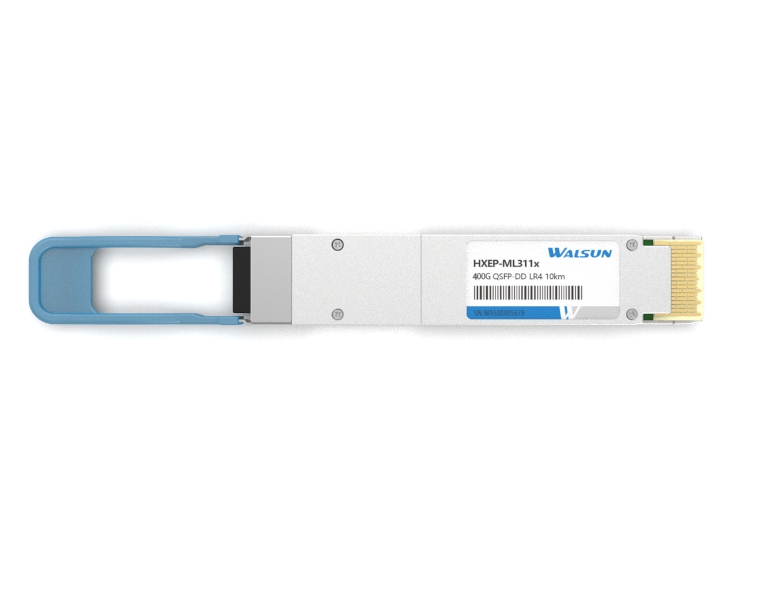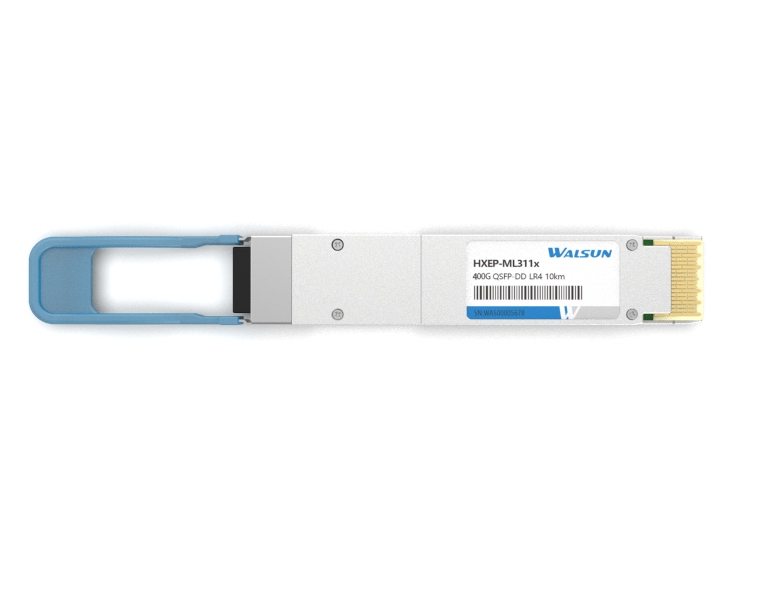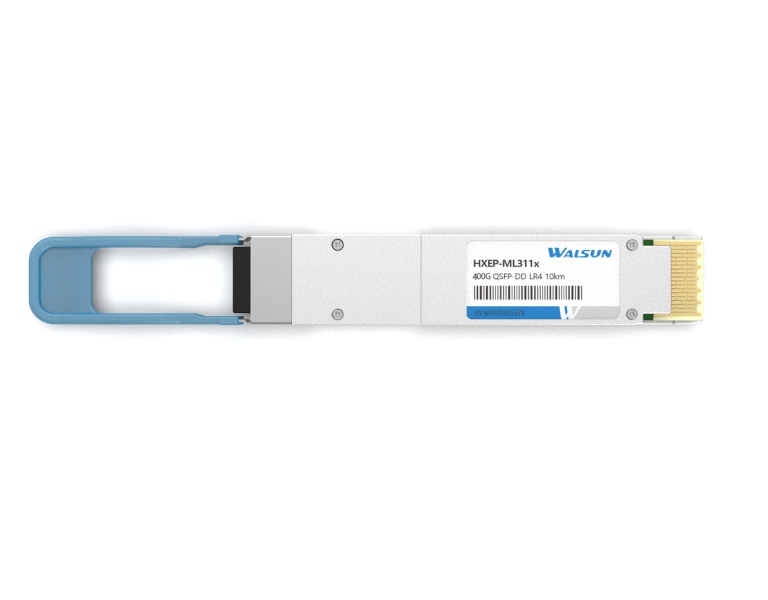PRODUCTS

- OSFP (Octal Small Form Factor Pluggable) and QSFP (Quad Small Form Factor Pluggable) are both types of optical transceivers used for high-speed data transmission in network and data center applications. The main difference between the two lies in the number of channels they support and the data rates they are capable of.OSFP is designed to support eight channels of high-speed data transmission, ma1248

- The main difference between 100gbe QSFP28 and QSFP56 lies in their data transfer rates.100gbe QSFP28 is a form factor and transceiver for high-speed networking, specifically designed for 100 Gigabit Ethernet (100GbE) applications. It supports data transfer rates up to 100 gigabits per second.QSFP56, on the other hand, is a newer form factor and transceiver that is designed for even higher data tra1608

- CFP (C Form-Factor Pluggable) and QSFP (Quad Small Form-factor Pluggable) are both types of optical transceiver modules used in high-speed networking applications, but they differ in terms of their size, speed, and form factor.1. Form Factor:- CFP: CFP modules have a larger form factor, which means they are physically bigger in size compared to QSFP modules.- QSFP: QSFP modules have a smaller form1681

- 28 in QSFP28 refers to the number of gigabits per second that can be transmitted by the QSFP28 transceiver. It stands for Quad Small Form-factor Pluggable 28, and it is designed for 100G Ethernet and 32G Fibre Channel applications. Form factor & connectors The term "form factor" refers to th1825

- The main difference between 40G and 100G QSFP (Quad Small Form-factor Pluggable) transceivers is their respective data transmission speeds.A 40G QSFP transceiver is capable of transmitting data at speeds of up to 40 gigabits per second, while a 100G QSFP transceiver is capable of transmitting data at speeds of up to 100 gigabits per second.In addition to the difference in data transmission speeds,


 CHS
CHS Walsun Mall
Walsun Mall










